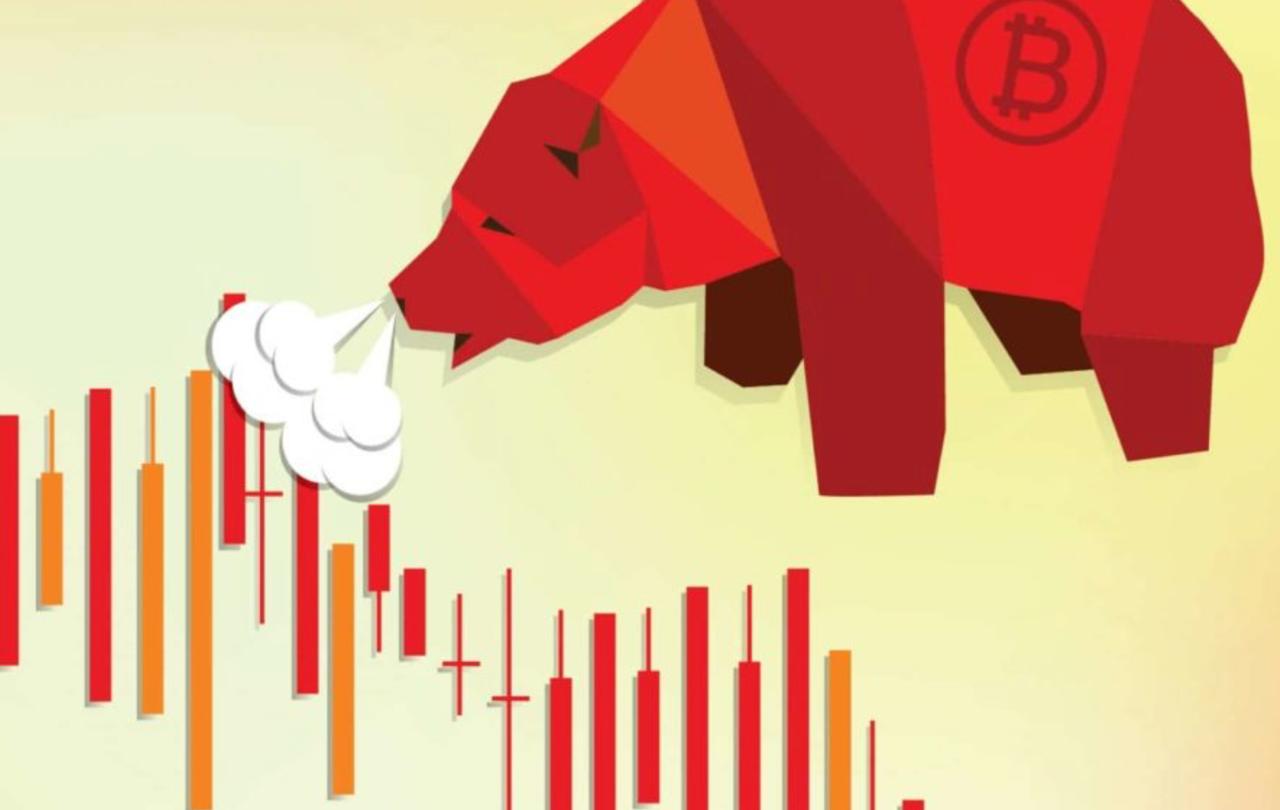November 7 was supposed to be Jobs Day in America. For the second consecutive time, however, Wall Street, the Federal Reserve, and data analysts felt uneasy on the first Friday of the month. The nation did not receive the nonfarm payrolls report due to the five-week-old government shutdown, causing everyone to operate in the dark. As a result, experts are turning to alternative private-sector measurements to assess the labor market’s overall health.
### What Have We Learned?
#### Labor Market Pains
Absent vital government economic data, economists, market watchers, and monetary policymakers have been flying blind. Instead of relying on the monthly nonfarm payrolls report from the Bureau of Labor Statistics or updates on gross domestic product from the Bureau of Economic Analysis, the business media has turned to the private sector for help.
Over the past week, a wealth of data points emerged, shedding light on the current state of the US labor market. The figures essentially reiterated the familiar refrain: low fire, low hire.
The latest metric came from global recruitment firm Challenger, Gray and Christmas, highlighting planned job cuts and hiring intentions by US-based employers. In October, firms announced 153,074 layoffs, a 175% increase from the same time a year ago. This represented the highest number for the month since 2003 and the largest total for any month since late 2008.
Hiring has flatlined in the first ten months of the year, with US employers announcing nearly half a million planned hires—a 35% decrease from the same year-to-date period in 2024.
“Those laid off now are finding it harder to quickly secure new roles, which could further loosen the labor market,” Andy Challenger, the firm’s chief revenue officer, said in the report. “It’s possible with rate cuts and a strong showing in November, companies may make a late season push for employees, but at this point, we do not expect a strong seasonal hiring environment in 2025.”
The other major report of the week came from private payroll processor ADP. The organization’s National Employment Report suggested a potential rebound in hiring as private companies added 42,000 new jobs in October. In addition, the September reading was revised lower by 3,000, indicating that businesses eliminated 29,000 positions.
To further cement the job market’s status as being paralyzed in a great freeze, the Chicago Federal Reserve’s biweekly Labor Market Indicators report showed little change in October. The real-time unemployment rate forecast for October was 4.36%, virtually unchanged from the month before. The hiring rate for jobless workers dipped slightly to 44.81% from September’s 45.13%, while the layoffs and other separations rate remained flat at 2.1%.
Economic observers are also examining statistics compiled by online platforms. Jobs site Indeed reported that job postings fell to their lowest levels in more than four years last month, while the LinkedIn hiring rate in September declined nearly 9% from a year ago.
### What This Means
Econ 101 teaches that when the labor market turns south, it can deteriorate rapidly. So far, while employment conditions are weakening, they have not spiraled out of control. As a result, Wall Street is not panicking, and the Federal Reserve is not employing massive interest rate cuts. Instead, everyone stands by cautiously, waiting to dig deeper into concrete data.
The Fed cut interest rates at the October Federal Open Market Committee policy meeting, lowering the benchmark federal funds rate to a new target range of 3.75% to 4%. This key rate influences borrowing costs for businesses, households, and consumers. While traders had thought another rate cut was guaranteed in December, Fed Chair Jerome Powell said it is “not a foregone conclusion. Far from it.”
Speaking to reporters at the post-meeting press conference, Powell noted that taking a break in the current rate-cutting cycle may be warranted depending on how long the government shutdown lasts and prevents federal agencies from releasing critical data. In other words, while the central bank is on an easing path, officials are being prudent by skipping a cut before Christmas.
### What About the Broader Economy?
As the old Fred Astaire song goes, “Things are looking up.” Yes, the White House estimates the shutdown will cost the US economy $15 billion a week. Conversely, the nonpartisan Congressional Budget Watchdog projects that the worst-case scenario could result in a permanent GDP hit of $15 billion. But the economic expansion remains intact.
The third-quarter growth rate was forecast to be about 4%, according to the Atlanta Fed’s GDPNow Model estimate. The New York Fed Staffcast indicates fourth-quarter GDP will be around 2.3%.
Consumers are still opening their wallets, too. The latest Bank of America Institute report found that total credit and debit card spending per household rose 2% year-over-year in September. The Chicago Fed’s estimates indicate that October retail and food services sales, excluding motor vehicles and parts, likely jumped by 0.3%.
Looking ahead to the Christmas season, the National Retail Federation estimates that shoppers will spend between $1.01 trillion and $1.02 trillion in November and December, representing a year-over-year increase of 3.7% to 4.2%.
### Whatever Happened to Eggflation?
Affordability was paramount in the 2024 election and a key issue in various electoral races on November 4. The uncertainty consumers have been expressing is undoubtedly justified. If we could predict the future, we would all be millionaires.
At the same time, money matters are improving: interest rates and gasoline prices are down, eggflation has been eviscerated, and April’s tariff-related prognostications have not been realized.
—
Despite the challenges posed by the government shutdown and an uncertain labor market, current indicators suggest cautious optimism as the economy steps into the final stretch of 2024. Stakeholders await the return of critical government data to paint a clearer picture of the months ahead.
https://www.libertynation.com/low-fire-low-hire-the-quagmire-in-americas-labor-market/



